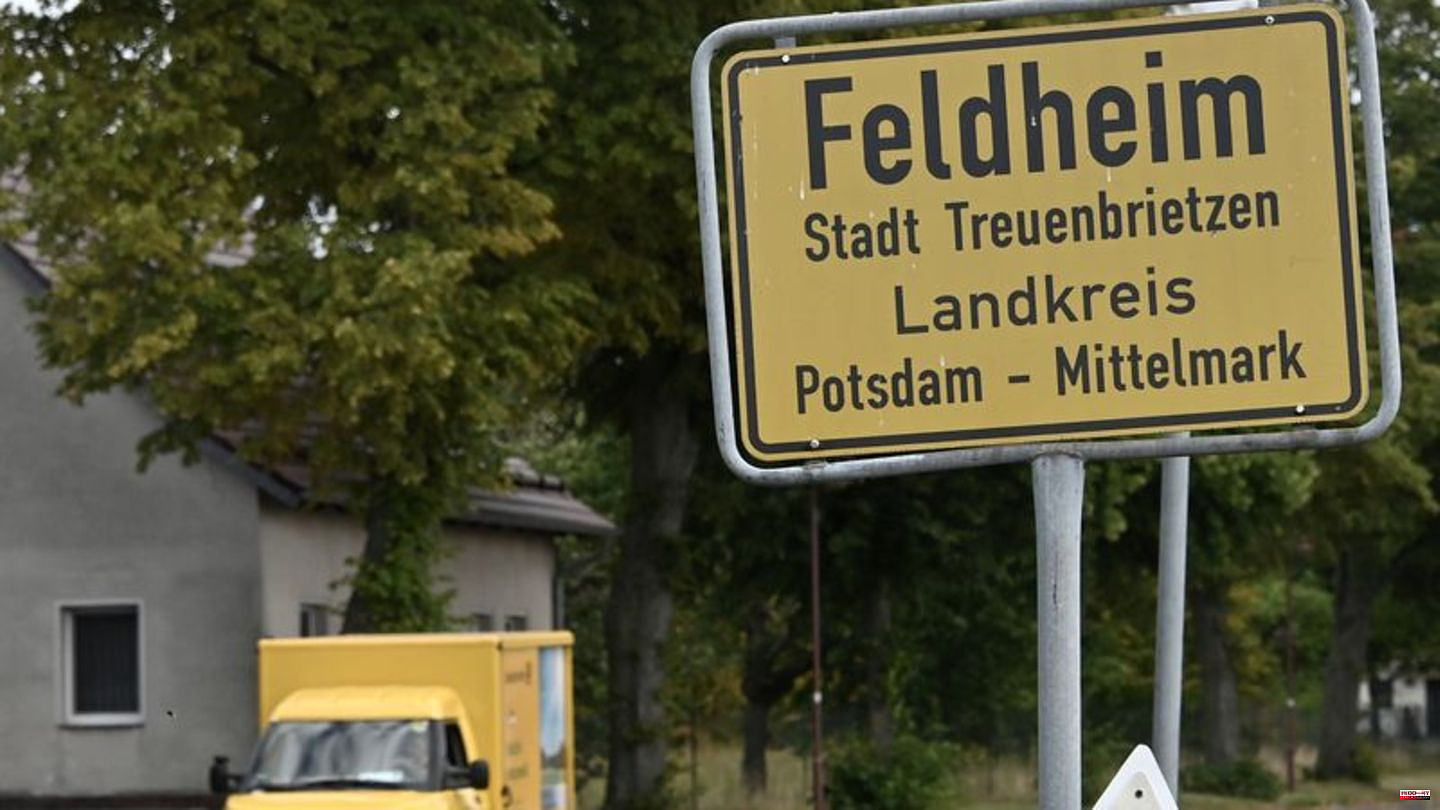The inhabitants of the small village of Feldheim can remain relaxed during the heating season that has just started. Unlike millions of households in Germany, they are not threatened by sharply rising gas and electricity prices.
The small town in southwest Brandenburg with around 130 inhabitants, where agriculture dominates, is energy self-sufficient. For years it has supplied itself completely with heat and electricity via a biogas plant, a wind farm and solar panels. "The people of Feldheim are certainly sleeping a little more peacefully," says the non-party mayor of the Treuenbrietzen community, Michael Knape. You pay 7.5 cents per kilowatt hour for heat and around 12 cents for electricity. Expensive natural gas or heating oil are irrelevant for Feldheim.
Around 170 bioenergy villages nationwide
According to experts, the average electricity price in Germany in the coming year could be 45 cents per kilowatt hour and more. It is already many times higher than in bioenergy villages. They cover at least 50 percent of their energy needs from regionally produced biomass, which mostly comes from local farmers. Around 170 such villages in Germany - from Bavaria to the north - are listed by the Agency for Renewable Resources (FNR), which reports to the Federal Ministry of Agriculture. But their number may be higher, according to experts.
The move away from natural gas and heating oil is also in demand in the central Hessian district of Marburg-Biedenkopf. The idea of bioenergy villages is currently gaining noticeably more supporters in the region, says the CEO of Bioenergiedorf Oberrosphe eG, Hans-Jochen Henkel. One of the first bioenergy villages in Hesse was established in the town 15 years ago: a biomass heating plant is operated with wood chips and there are also six photovoltaic systems. Around 160 of the 230 households are connected to the community's local heating network, says Henkel. According to him, there are now 15 bioenergy villages in the Marburg-Biedenkopf district, and the number will rise to 18 in the coming year.
Interest increases noticeably
"People are in a hurry now," says Michael Völklein, who is the managing director of a biogas plant in the small bioenergy village of Hüssingen in Middle Franconia. In 2009, the village community also set up a local heating network - i.e. a small, decentralized heating network without large pipes - and thus supply the village with biogas heat. "For the past six months, I've been inundated with inquiries," says Völklein. The heat price is 3 cents per kilowatt hour.
The Agency for Renewable Resources also reported that citizens are becoming more and more interested in becoming a member of the heating cooperatives and having a house connection laid. Heat from biomass such as wood is also an opportunity for larger municipalities, says FNR Managing Director Andreas Schütte. The Federal Ministry of Economics is promoting the conversion to more climate-friendly heating networks with a new billion-euro program.
Will many other places now take their energy supply into their own hands in order to be independent of natural gas and heating oil? Experts don't think it's that easy. Despite the current energy crisis, he cannot see any significant push in communities to build fundamentally new bioenergy villages, says expert Schütte, also with a view to the years of planning. Bioenergy villages also report bureaucratic obstacles to innovation. In addition, biogas plants, which are operated with corn and grain in addition to liquid manure, have fallen into disrepute.
Electricity from biogas plants less attractive because of EEG
The boom in such systems has been over for about ten years, says industrial engineer Ines Wilkens, who was involved in a research project on bioenergy villages at the University of Kassel. New, profitable models for the energy transition are in demand, especially since the remuneration for electricity from biogas plants, based on the Renewable Energy Sources Act, has become less attractive. Wilkens sees growing importance for solar thermal energy, for example. A boom can be seen in photovoltaics: the number of solar systems rose last year by 235,600 to around 2.2 million. In the first half of 2022, 157,566 new systems were added.
Bioenergy villagers like the residents of Feldheim in Brandenburg do not have to worry about a blackout in winter, even if it gets really bitterly cold. A wood chip heating system, operated with wood from the surrounding forests, can be connected to the biogas plant at peak times. However, it cannot be ruled out that the very cheap energy will also become a little more expensive there. The price will remain stable at least until the end of the year, says Doreen Raschemann, chairwoman of the Förderverein Neue Energien Forum Feldheim. Then, due to increased diesel costs for farmers and the poorer harvest, the calculations have to be recalculated.







